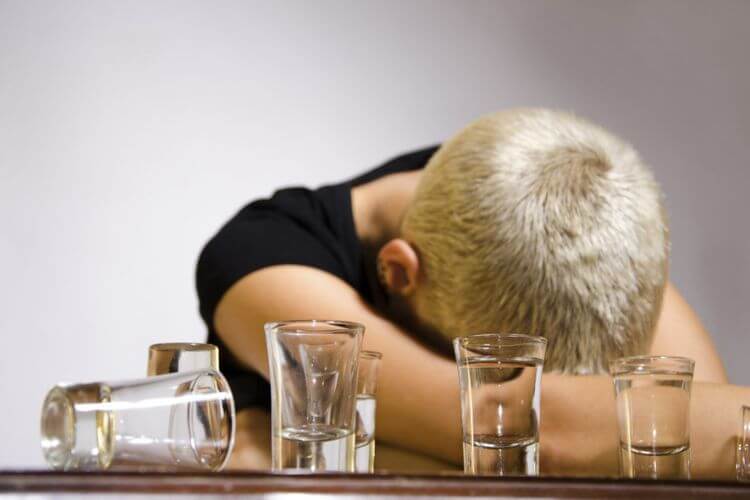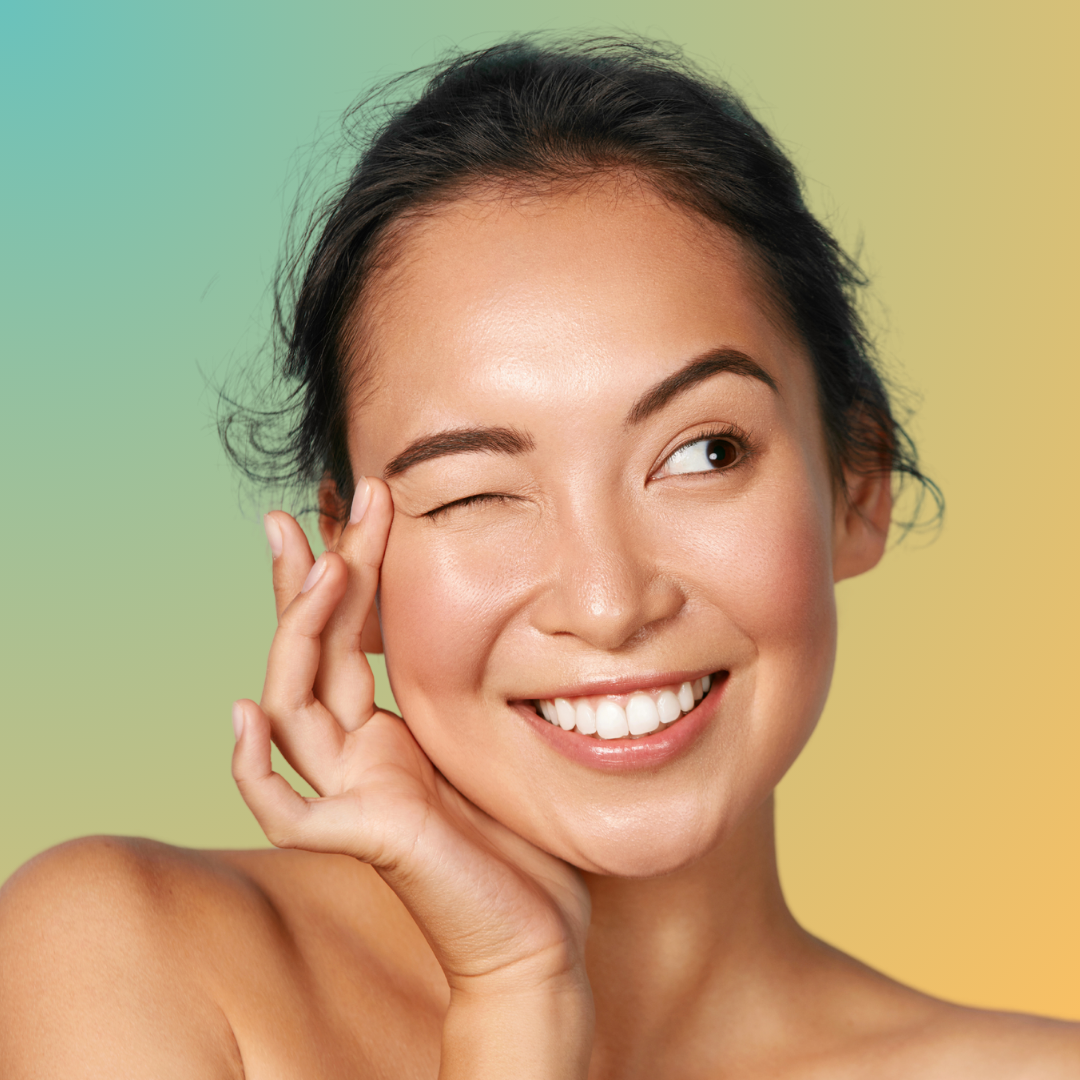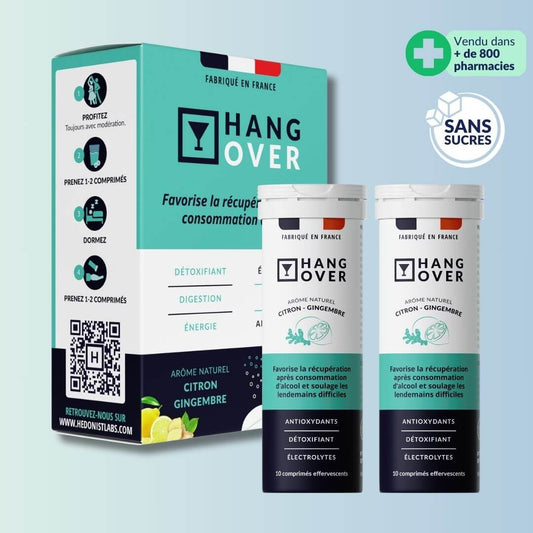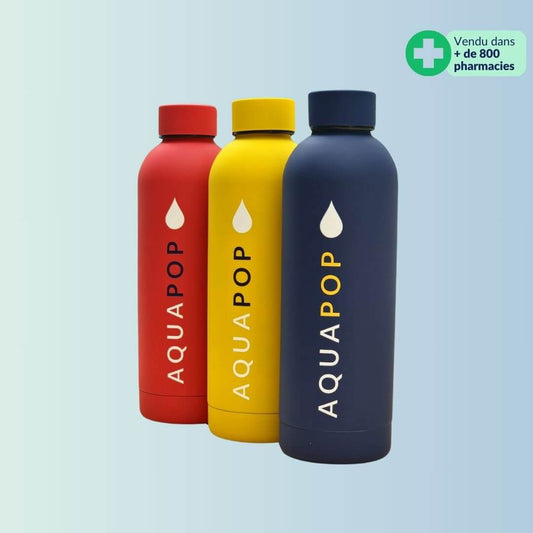Binge drinking is the phenomenon of drinking large quantities of alcohol in a shortspaceof time.
Originating in England, this plague began in bars and pubs. The English were looking to consume their drinks quickly, so they could order more as quickly as possible.
This allowed them to drink as much as possible during happy hour, so as to get drunk while spending as little money as possible.
Over time, this phenomenon spread outside England and affected Southern and Western Europe.
A real social problem, it's not confined to bars, but is increasingly invading evenings out with friends.
In terms of quantity, binge drinking corresponds to four drinks for women and five for men, all over a two-hour period.
Young people are the population most affected by binge drinking. It affects 14% of 18-24 year-olds and 10% of 25-30 year-olds. It also affects younger people aged 16 and over, as well as older people.
Binge drinking poses many problems, not least for the health and safety of oneself and others.
In the short term, this leads to severe drunkenness, which can lead to an alcoholic coma and risky behavior (road accidents, sexual assaults, physical injuries, etc.).
But also in the long term, where it can increase the risk of dependence, have neurological consequences (impaired memory and cognitive functions, etc.), affect the digestive system (cirrhosis, damage to the intestines) and many others.
To protect your health and your body, it's advisable to consume alcohol in moderation.
Alcohol consumption is associated with side effects. HANG-OVER is a product that helps the body to reduce certain side effects. And it's a healthier alternative to self-medication, which can sometimes make symptoms worse.
Sources :
Abrahao, K. P., et al. (2017). Alcohol and the Brain: Neuronal Molecular Targets, Synapses, and Circuits. Neuron, 96(6), 1223-1238. https://doi.org/10.1016/j.neuron.2017.10.032
Afp, S. E. A. A. (2015, April 1). FRANCE. The reality of binge drinking in figures. https://www.sciencesetavenir.fr/sante/france-la-realite-du-binge-drinking-en-chiffres_18816
What is binge-drinking? - alcoolinfoservice - Alcohol Info Service. https://jeunes.alcool-info-service.fr/alcool/binge-drinking
Grucza, R. A.,et al. (2018). Trends in Adult Alcohol Use and Binge Drinking in the Early 21st-Century United States: A Meta-Analysis of 6 National Survey Series. Alcoholism: Clinical and Experimental Research, 42(10), 1939-1950. https://doi.org/10.1111/acer.13859
Han, B. H. (2018, June 1). Prevalence and correlates of binge drinking among older adults with multimorbidity. https://pubmed.ncbi.nlm.nih.gov/29627405/
Martini, H. (2009). Binge drinking or the 'youth stunner. Après-demain, N°10,NF(2), 21. https://doi.org/10.3917/apdem.010.0021
Molina, P. E. (2018, January 1). Binge Drinking's Effects on the Body. https://www.ncbi.nlm.nih.gov/pmc/articles/PMC6104963/
Zahr, N. M., et al. (2011). Clinical and pathological features of alcohol-related brain damage. Nature Reviews Neurology, 7(5), 284-294. https://doi.org/10.1038/nrneurol.2011.42





